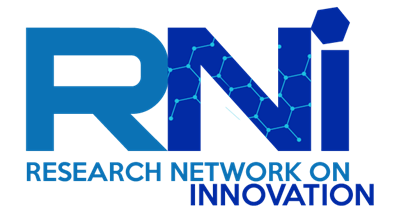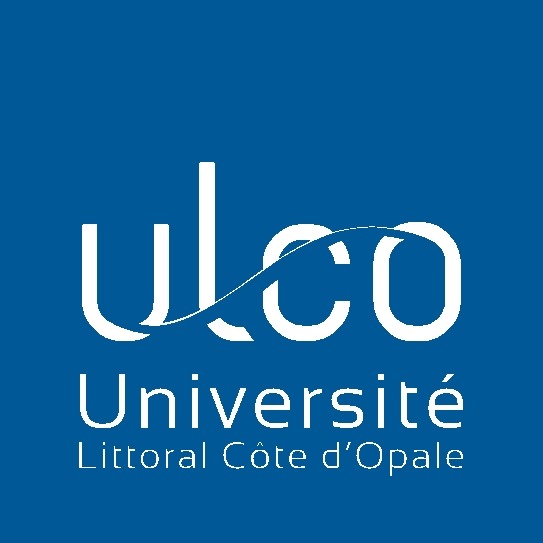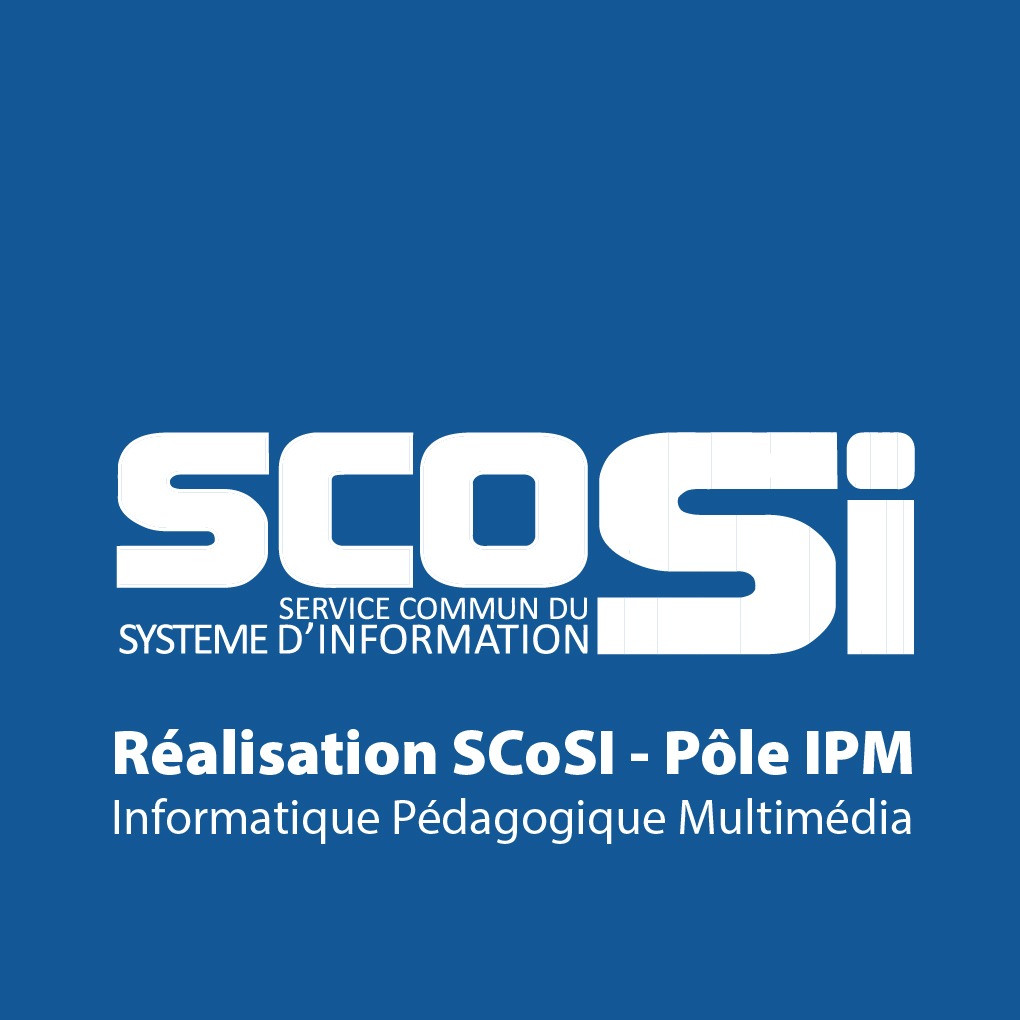Almost 25 years have passed since the publication of James Moore’s seminal article “Predators and Prey: a new ecology of competition”.
Since then, “Innovation Ecosystems” has become a common expression among companies, decision-makers and academics. It has expanded beyond Moore’s original biological metaphor to encompass all stakeholders who produce or consume innovative products and services, creating an evolving network of human, information, financial and material resources. As such, the term can refer to Alfred Marshall’s “agglomerations” or Michael Porter’s “clusters”. The evolving nature of the metaphor borrows heavily from national innovation systems, while emphasizing the dynamics of “knowledge markets” and the “social capital” of modern innovation networks.
Several other characteristics differentiate “innovation ecosystems” from alternative expressions such as technology parks, regional innovation systems and innovation clusters:
- digitization as a means of breaking down temporal and spatial barriers to collaboration; open innovation (borrowing, licensing, open-sourcing, crowdsourcing);systemic interactions between stakeholders on both the “production side” and the “use side” of innovation;
- the new phenomenon of growing interactions between companies and startups; the emergence of a “platform economy” enabling powerful players to capture most of the added value created by users.
Some academics criticize the use of the term “ecosystem” when the simpler word “system” seemed to describe the same phenomenon since the early 1980s.
- This criticism ignores certain strengths of the “ecological metaphor”: the complexity of knowledge (technical and market) required for innovation imposes increasing interdependence among innovators. As a result, innovative firms have enormous incentives to create networks and use digital platforms to extend their learning capacity beyond local or national innovation systems. From a macro perspective, the last three decades have shaped the competitive landscape and environmental conditions increasingly based on principles of collaboration and openness across geographical boundaries (open innovation).The notion of “evolution and adaptation” is here taken to its extreme. Organizations (companies, research centers, public agents) must accompany society’s digital “mutations” and adapt to new competitive “habitats”, otherwise they will disappear. New forms of value creation and distribution present both an opportunity for innovation and a threat to those who will be unable to evolve. The notions of “symbiosis” and “parasitism” are very useful biological metaphors to illustrate certain virtuous behaviours of actors who join together to innovate or on the contrary pose barriers (often linked to their monopolistic position) to the systemic creativity of startups and new entrants.
An emblematic example of the power of the ecological metaphor to describe 2.0 innovation systems is the value chains established using blockchain. Thanks to this technology, new ecosystems can be created that function autonomously, without a central control unit and with innovative mechanisms for creating, distributing and capturing value. These blockchain-based ecosystems are the promise of a more ethical and “scalable” innovation paradigm based on trust, collaboration, peer-to-peer exchanges and a “fair return on trusted sharing”. A first example is TRUSTinFACT led by Patrick Duvaut. This project, carried out in partnership with the Institut Mines Télécom and the Fabrique du Futur, consists in proposing a totally innovative open innovation and co-creation platform of a new generation thanks to the blockchain. This could provide a “nudge” or facilitating mechanism, enabling the various actors of a wider ecosystem (academics, students, companies, startups, institutions, etc.) to control their personal data, to be properly attributed their contributions and, in so doing, to be recognized or even rewarded in a fair and equitable way.
Another interesting example is that of the WESPR startup, which is both a publishing house and a decentralized bookshop that allows authors and readers to rely on an ecosystem of peers, with authors receiving an incentive remuneration consisting of advances linked to the volume of excerpts read by readers.
In a notable text, the Datascientist Jean-Pierre Malle compares the principle of open innovation and cooperation at the heart of the blockchain to what can be observed in nature where different species co-exist in symbiosis within biotopes. According to him, this technology is an example of new possibilities for cooperation opened up by the new generation of innovation systems: “It establishes a common base where data are pooled and shared, then, at another level, everyone can exploit them in a specific way to their own advantage”.
The ecological metaphor is not without defects, obviously.
Among its limitations, critics often cite the polysemy of the expression “ecosystem” and the effect of fashion imitation linked to the phenomenon. Indeed, the indiscriminate use of the term diminishes its value (if everything is an ecosystem, nothing really is).
Another danger would be to understand the metaphor too literally. The differences between the biological and economic world are far more numerous than the similarities. When two companies merge, their organizational culture (their DNA) is deeply transformed by the operation. A lion that eats an antelope remains a feline.
If used with caution and knowing its limitations, however, the metaphor for “innovation systems 2.0” as “ecosystems” seems relevant.
After all, these biological borrowings were at the very origin of the neo-schumpeterian notion of “national innovation systems”. Indeed, Richard Nelson and Sydney Winter, two founders of this thought School, admitted in their famous book (“An Evolutionary Theory of Economic Change”) to having borrowed several ideas from biology, “thus exercising an option to which economists are entitled in perpetuity by virtue of the stimulus our predecessor Malthus provided to Darwin’s thinking”.
These innovation ecosystems are therefore based on even more advanced principles of integrated collaboration, shared value co-created in real and virtual environments, shared technologies and extraordinarily rapid adoption. They also capture the basic characteristics of constant network transformation: the continual realignment of synergistic relationships of people, knowledge and resources for incremental and transformational value co-creation.
It is in this spirit that we launched the third edition of the “Innovation Ecosystems Agora” seminar during the Journée Innovation RRI 2018. The fruit of a partnership between the Réseau de Recherche en Innovation, the Pôle Universitaire Léonard de Vinci, the Fabrique du Futur and France Living Labs, this event aims to bring together the actors of the French ecosystem to share numerous testimonies and concrete cases in order to debate this phenomenon.
Article co-written By Eric Seuillet with Marcos Lima, originally published in French in Veille Magazine


